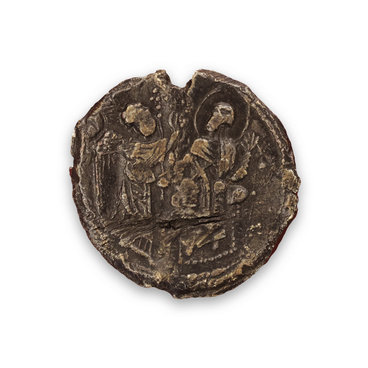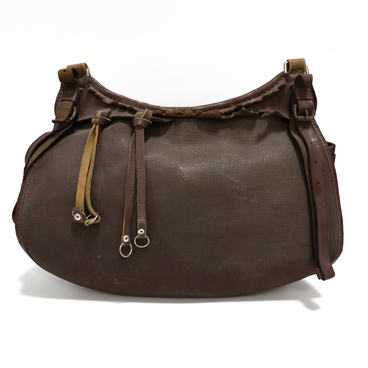German ceramics is unique with its patterns, reliefs, and non-standard shapes. German craftsmen used deep meaningful plots and rich colors in the process of making stove tiles. The relief of such products gradually became sculptural.
The tiles from the museum’s collection were created in the second half of the 16th century, and it was during this period that traditions in decorating such items were firmly established. The peculiarities of local raw materials and economic development processes of certain regions also influenced the design of German tiles.
The piece presented in the exhibition is a red-clay stove front blank. It was discovered as a result of archaeological rescue excavations in Kaliningrad in 2012. The area of modern Botkina Street was known as Hinterrosgarten, a sloboda of Königsberg, since the 16th century. In 1596, it had its own charter, coat of arms and seal. The territory of the sloboda was inhabited by craftsmen, including foreigners. There were also estates of noblemen. The archaeologists’ site was located near the Altrossgarten church built in the 17th century.
The tile blank features an image of the German theologian Martin Luther holding a Bible in his hands. His figure is made in two thirds of his height, slightly turned to the left. There is a vessel and a skull under his hands. The figure of Luther is framed by columns and arches of rigorous shapes. Below in a rectangular frame is the monogram D.M.L.Z.W., which means “Dr. Martin Luther of Wittenberg”.
The Latin letters VF can be distinguished above the angels in the corners of the tile. The craftsman with these initials worked in Northern Germany, and his tiles were found in Lower Saxony, Northern Friesland and Western Pomerania. In Germany, his tiles date back to the middle of the 16th century.


